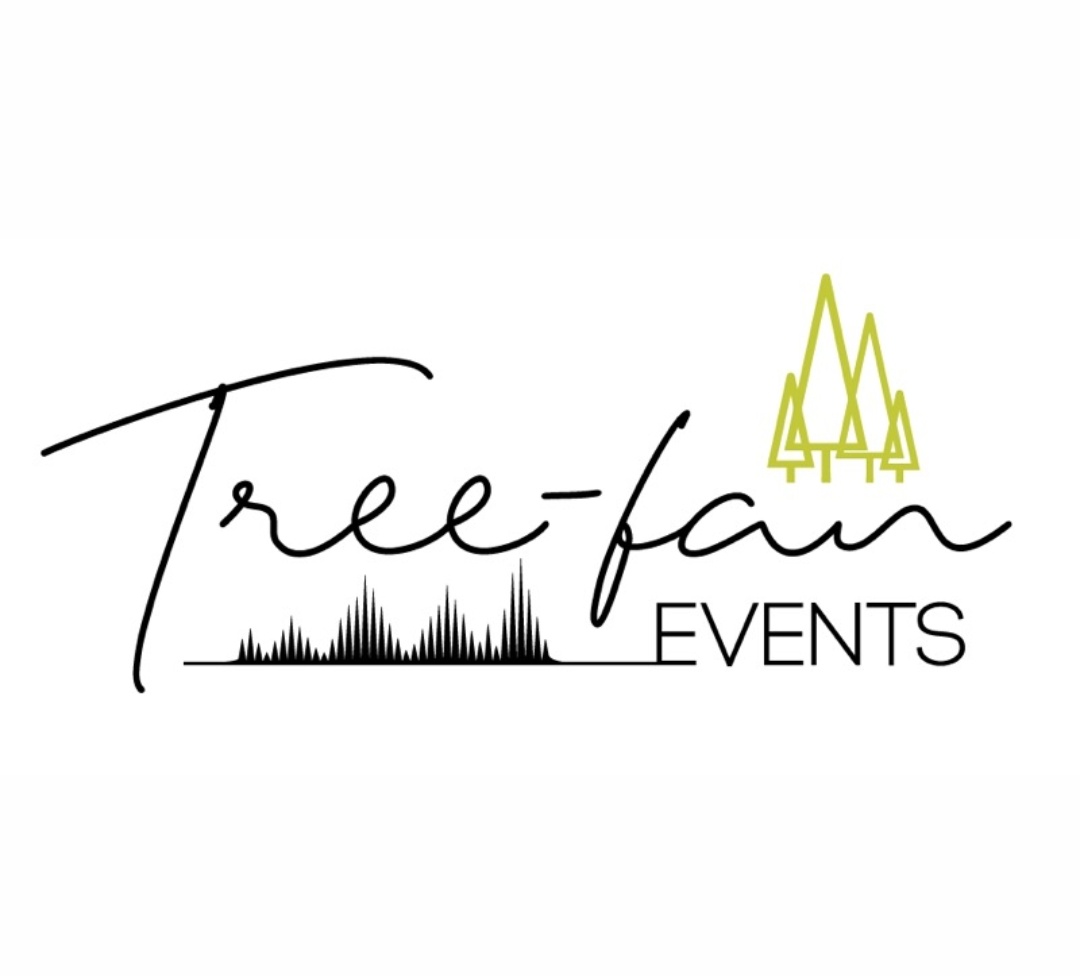AI Is Growing Up: From Demos to Decisions
Every week, AI redraws the map. What used to sound like science fiction is now quietly running the world behind the scenes—analyzing floods, editing videos, designing games, even cutting marketing budgets in half. This isn’t the era of AI hype anymore. It’s the era of AI maturity—where ideas turn operational, measurable, and profitable.
From Google’s Earth AI tackling climate challenges, to Anthropic giving Claude a memory, to Mondelez training machines to produce campaigns that sell Oreos by the millions—each move this month tells the same story: AI is moving from “what’s possible” to “what works.”
Here’s your pulse check on the latest wave shaping how we live, work, create, and lead in the age of intelligence.
AI Is Growing Up: From Demos to Decisions
Every week, AI redraws the map. What used to sound like science fiction is now quietly running the world behind the scenes—analyzing floods, editing videos, designing games, even cutting marketing budgets in half. This isn’t the era of AI hype anymore. It’s the era of AI maturity—where ideas turn operational, measurable, and profitable.
This month’s updates show that AI isn’t just a playground for innovators anymore; it’s the infrastructure of modern business.
Google doubles down on impact
Google unveiled Earth AI, a new platform that combines satellite imagery with advanced AI models to help organizations predict and respond to floods, wildfires, and climate shifts. This marks a serious move toward geospatial intelligence, blending planetary-scale data with real-world action. It’s not just beautiful mapping—it’s planetary problem-solving.
The company also launched Google Skills, a new learning platform with 3,000 AI and tech courses, gamified learning paths, and direct career connections through partner companies. And for developers, Google AI Studio now features a “vibe coding” update—enabling anyone to build web apps using natural language prompts. No more code walls between ideas and execution.
Anthropic keeps scaling Claude
Anthropic rolled out Claude’s memory feature to Max users, giving AI the ability to remember previous conversations and maintain specific context across projects—something that’s been missing from most assistants. This pushes AI toward long-term contextual reasoning, making tools like Claude not just reactive but proactive.
They also announced a multibillion-dollar expansion with Google Cloud, unlocking up to one million TPU chips for over 1 gigawatt of compute power. That’s enterprise-grade muscle for model training—and a hint at how AI infrastructure is consolidating under a few big players.
Meanwhile, Anthropic and Thinking Machines published a study showing that AI models have measurable “personality” traits. While we shouldn’t anthropomorphize them, the takeaway is valuable: each model leans toward certain behavioral tendencies—Claude toward ethics, Gemini toward empathy, OpenAI toward precision. Knowing your model’s “behavioral bias” will become an edge in how we deploy AI across different business functions.
OpenAI sharpens its ecosystem
OpenAI introduced Company Knowledge, a new feature for Enterprise, Business, and Edu tiers that allows organizations to centralize information across their apps and internal documents. It’s a major step toward organizational memory—something that turns AI from an assistant into an integrated knowledge layer.
The company also continues to push forward with Sora, its video generation tool. Head of Sora, Bill Peebles, confirmed upcoming upgrades including character cameos, video editing, and stronger community features. This hints at Sora’s evolution from demo reel to production-ready storytelling engine.
Mistral, Runway, and Lightricks: the creators’ trifecta
Mistral AI launched Studio, a platform designed to take AI prototypes to production with tools for performance tracking, security, and testing. It’s a builder’s dream—simple, secure, and scalable.
Runway followed by introducing Model Fine-tuning, letting users train its generative video models on their own data for tailored output. And Lightricks launched LTX-2, an open-source AI video model capable of native 4K video, synchronized audio, and up to 15-second generation windows. Translation: the quality gap between traditional video and AI-generated video just got smaller.
AI goes mainstream in marketing and media
Mondelez International, the company behind Oreo and Cadbury, announced it’s using a new AI tool developed with Accenture to cut marketing content costs by up to 50%. The next frontier? Full-scale, TV-ready ads created by AI. Cost efficiency is just the start—the bigger shift is speed: entire campaigns generated in hours, not weeks.
Meanwhile, Meta added new AI tools to Instagram Stories, letting users restyle, edit, and even remove objects from photos and videos directly within the app. Expect AI-powered creativity to become the default setting for content.
And in a very public experiment, Channel 4 in the UK aired its first TV segment hosted entirely by an AI presenter. Viewers only discovered it at the end—an intentional reveal to show how seamlessly AI can slip into creative and journalistic roles.
Gaming, agents, and healthcare get their upgrades
Stability AI announced a new partnership with Electronic Arts, bringing AI models into game design workflows—think adaptive environments and co-creative design between developers and algorithms. Manus released version 1.5 of its AI agent platform, with 4× faster task completion and full-stack web dev capabilities. And OpenEvidence, often dubbed “ChatGPT for Doctors,” raised $200 million at a $6 billion valuation, building clinical-grade models trained directly on peer-reviewed medical literature. The healthcare AI race is officially on.
E-commerce gets conversational
Finally, Lovable rolled out its Shopify integration, allowing users to build and launch entire online stores through natural language prompts. No coding, no templates—just describe your product line, upload visuals, and your store is live. We’re witnessing commerce merge with conversation.
Strong Opinion
The industry needs to stop pretending this is still the “early days” of AI. It’s not. The tools are here, the infrastructure is built, and the excuses are running out. The conversation can’t stay stuck in fascination—it has to shift toward fluency. Fluency is knowing how to measure, deploy, and adapt AI systems that actually drive outcomes. The organizations that learn to govern AI, not just use it, will own the next decade. Everyone else will be left building prompts while others build products.
Why This Matters to You
Whether you’re in events, marketing, or leadership—AI isn’t a distant disruptor anymore. It’s your new coworker, strategist, and competitor. The question isn’t “Should I use it?”—it’s how well you’ll lead through it. You don’t have to master every tool, but you do have to master your strategy: what success looks like, what’s worth automating, and how to stay human in a world increasingly driven by machines. Because the future doesn’t belong to the ones who fear the shift. It belongs to the ones who learn to shape it.
Want to stay ahead of the next wave of AI news?Follow me, and share this post. Equipping professionals to turn AI into practical wins and human-centered results—without losing the human touch. Do you have an event where AI education is a priority? Book me to speak.


